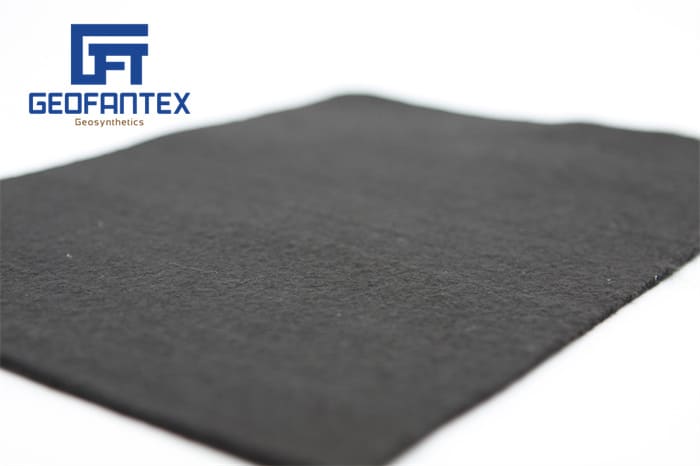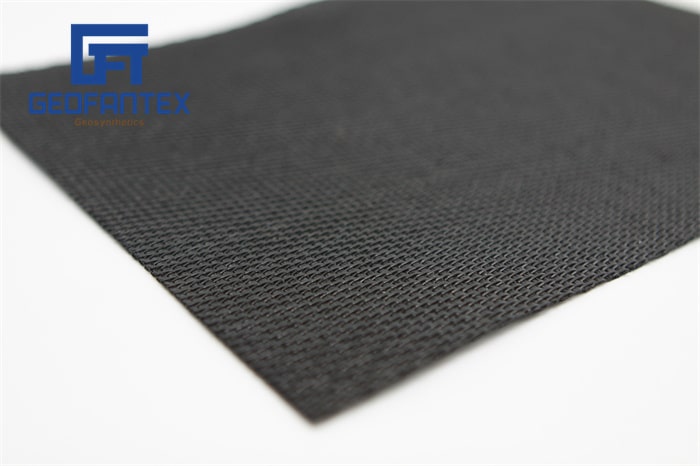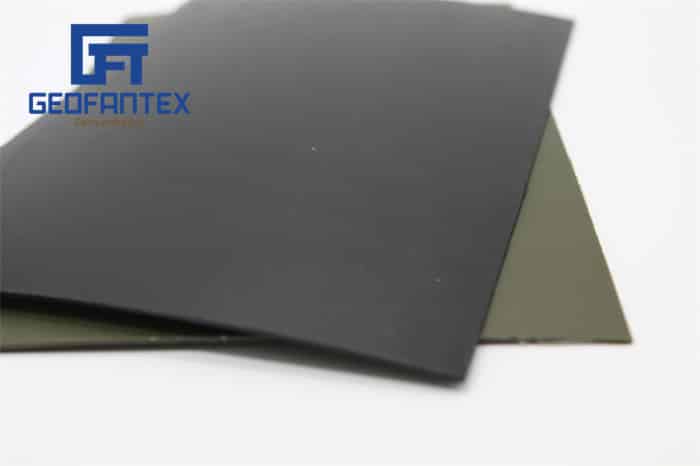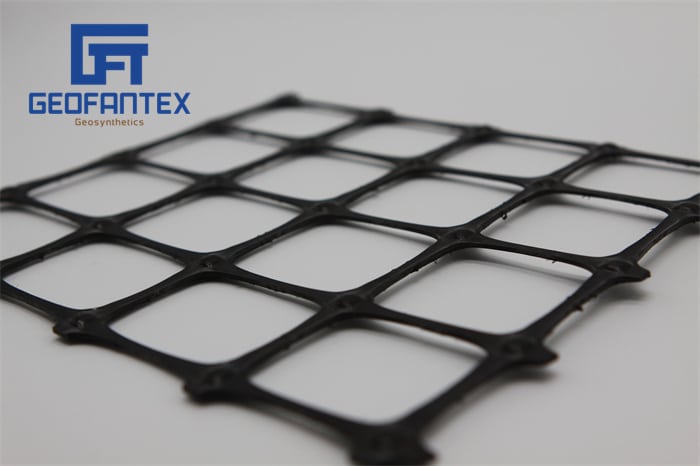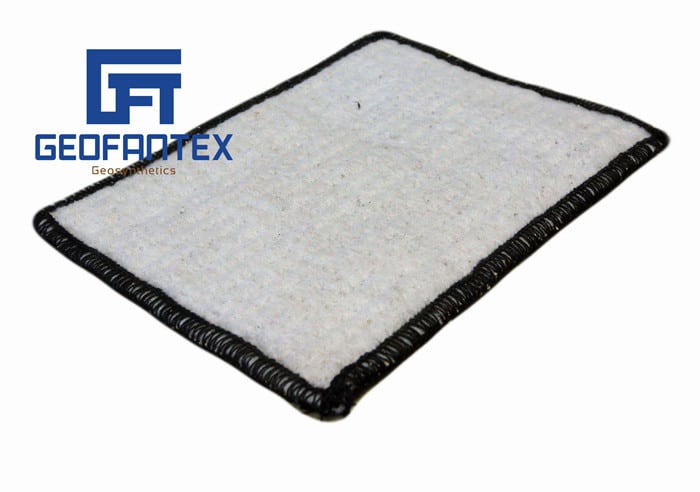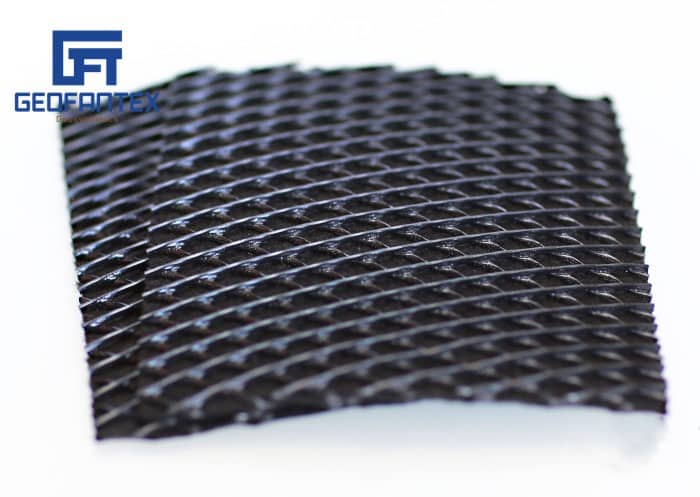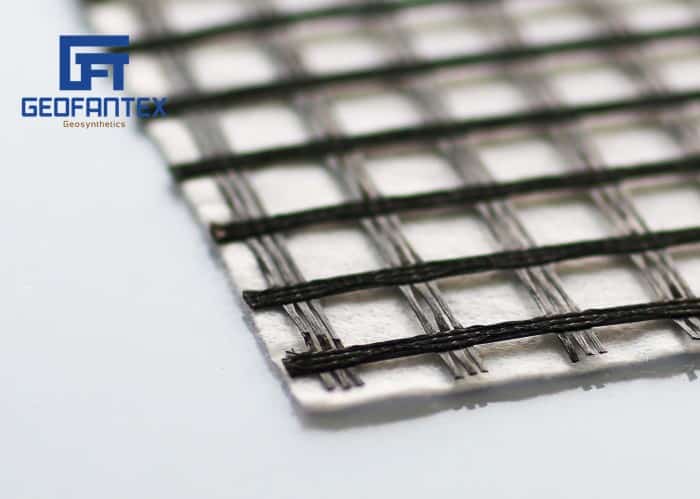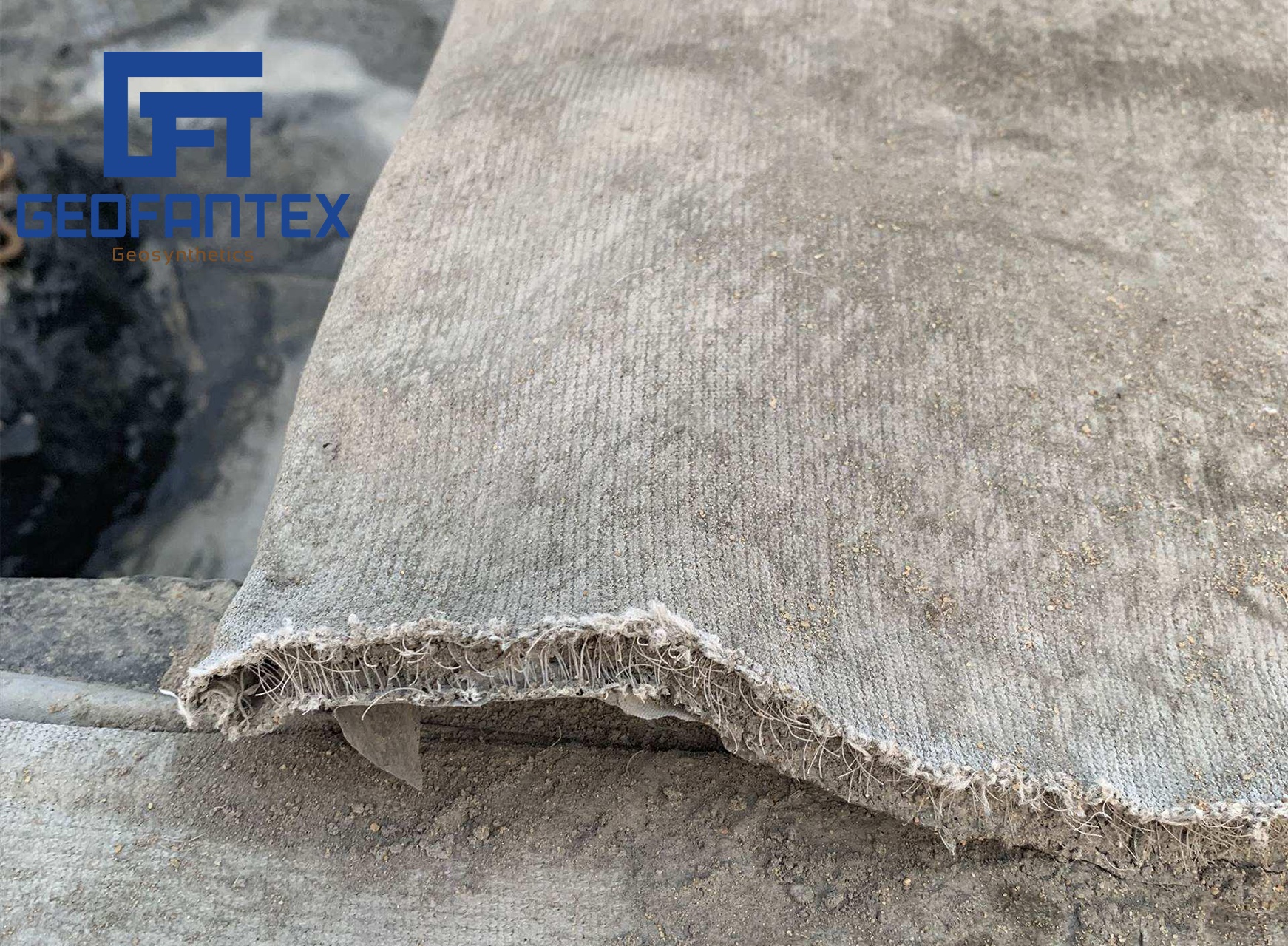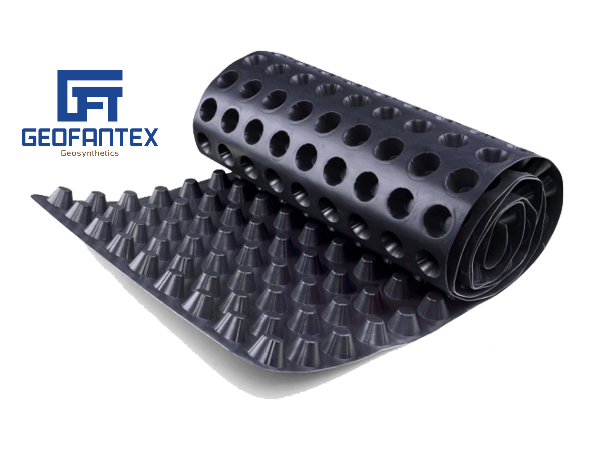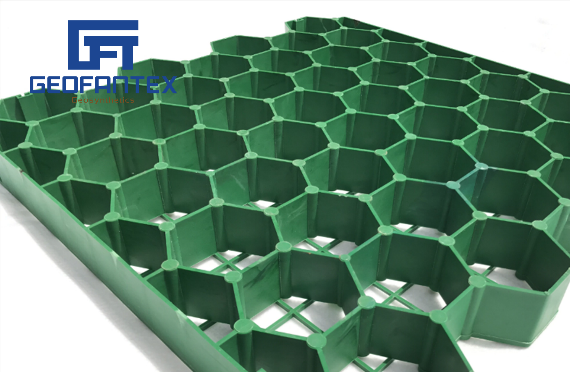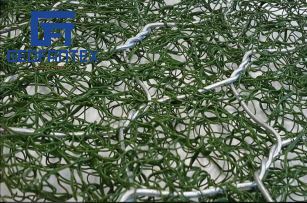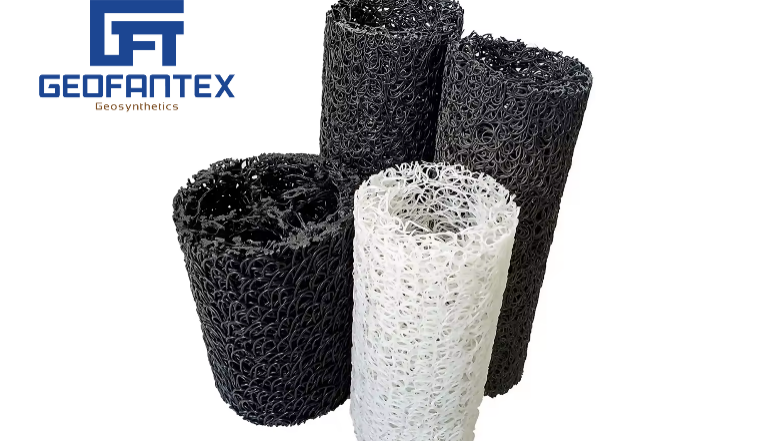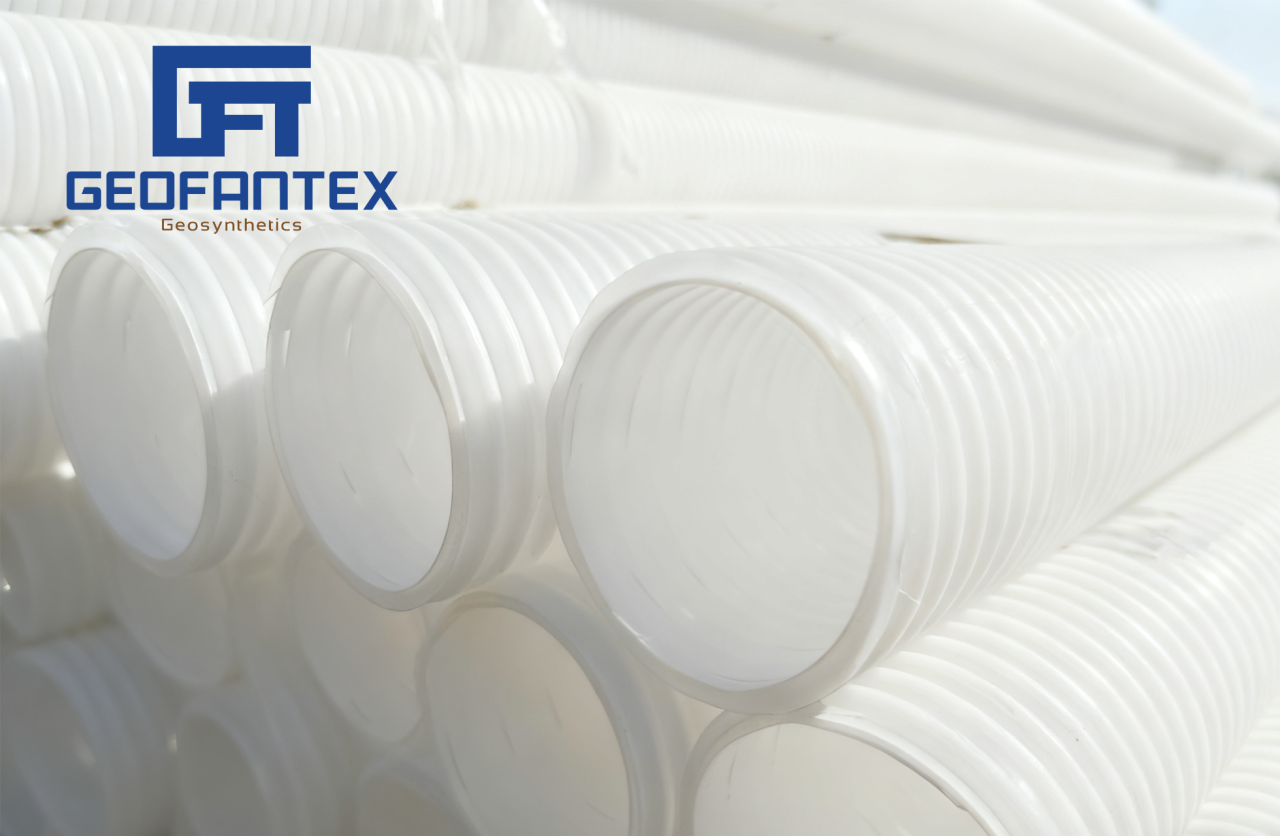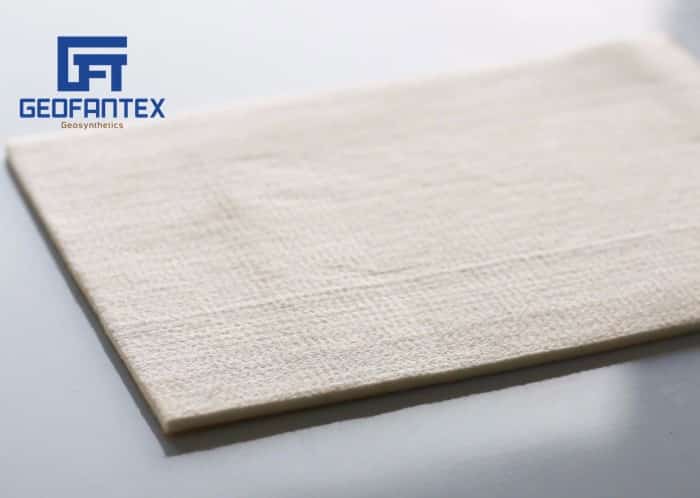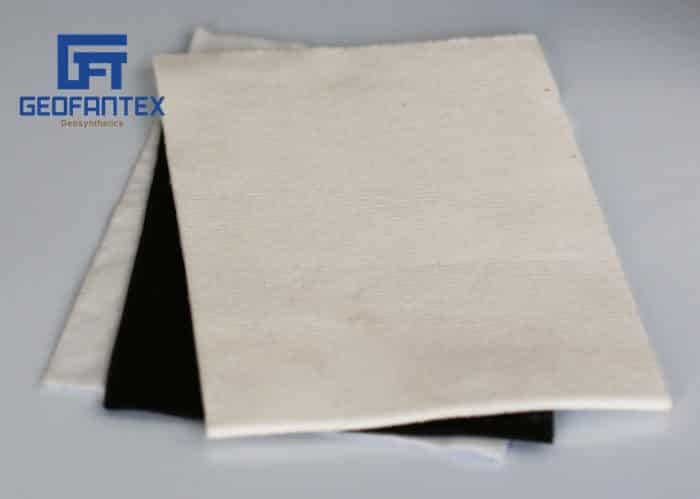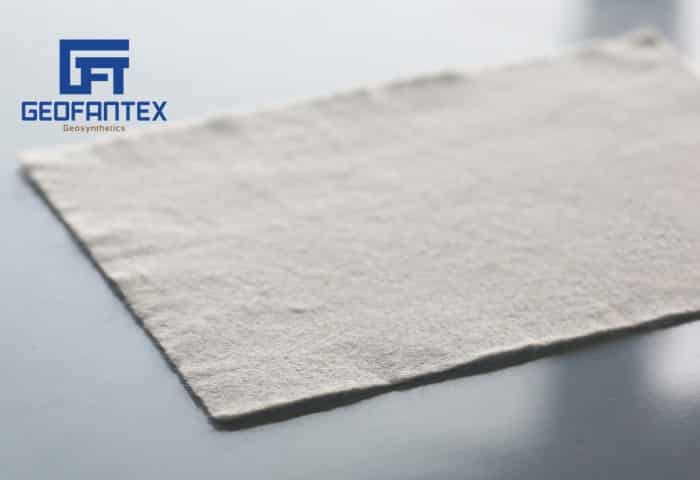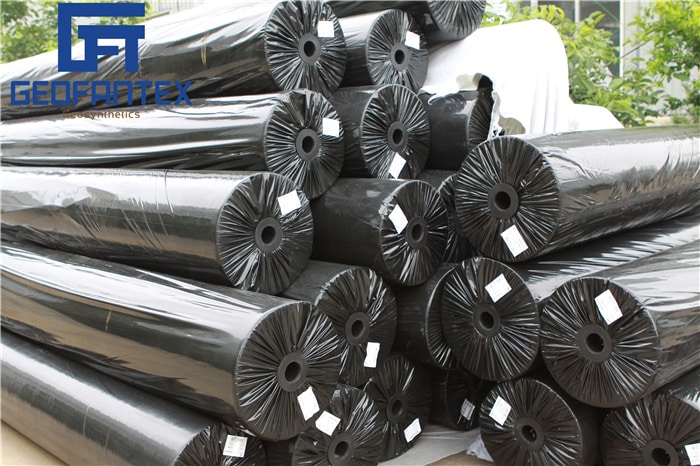+86-159 9860 6917
info@geofantex.com
geofantex@gmail.com
+86-400-8266163-44899
In the ever-evolving world of construction and landscaping, road fabric, commonly known as geotextile fabric, has emerged as a cornerstone material. Geotextiles are permeable fabrics that, when used in association with soil, have the ability to separate, filter, reinforce, protect, or drain. Typically made from polypropylene or polyester, geotextile fabrics come in two forms: woven and nonwoven. This guide delves into the frequently asked questions about geotextile fabrics and explores their benefits, applications, and effectiveness in various scenarios.
Can you drive on geotextile fabric?
Yes, geotextile fabric can support vehicle traffic when properly installed, but certain conditions must be met to ensure durability and performance:
- Proper Subgrade Preparation: The ground beneath the geotextile should be smooth, compacted, and free of sharp objects, debris, or uneven areas. Wrinkles or folds in the fabric can reduce its effectiveness and lead to tearing.
- Aggregate Cover: A layer of compacted aggregate—typically 6 to 12 inches thick—should be placed over the fabric before any vehicle traffic. This protects the fabric from direct stress and distributes loads evenly.
- Correct Fabric Selection: Use geotextile fabrics specifically designed for load-bearing applications. Lightweight landscape fabrics are not suitable for driving surfaces.
When installed correctly, geotextile fabric enhances soil strength, prevents rutting, and improves drainage, making it ideal for temporary roads, driveways, construction access points, and other civil engineering projects.
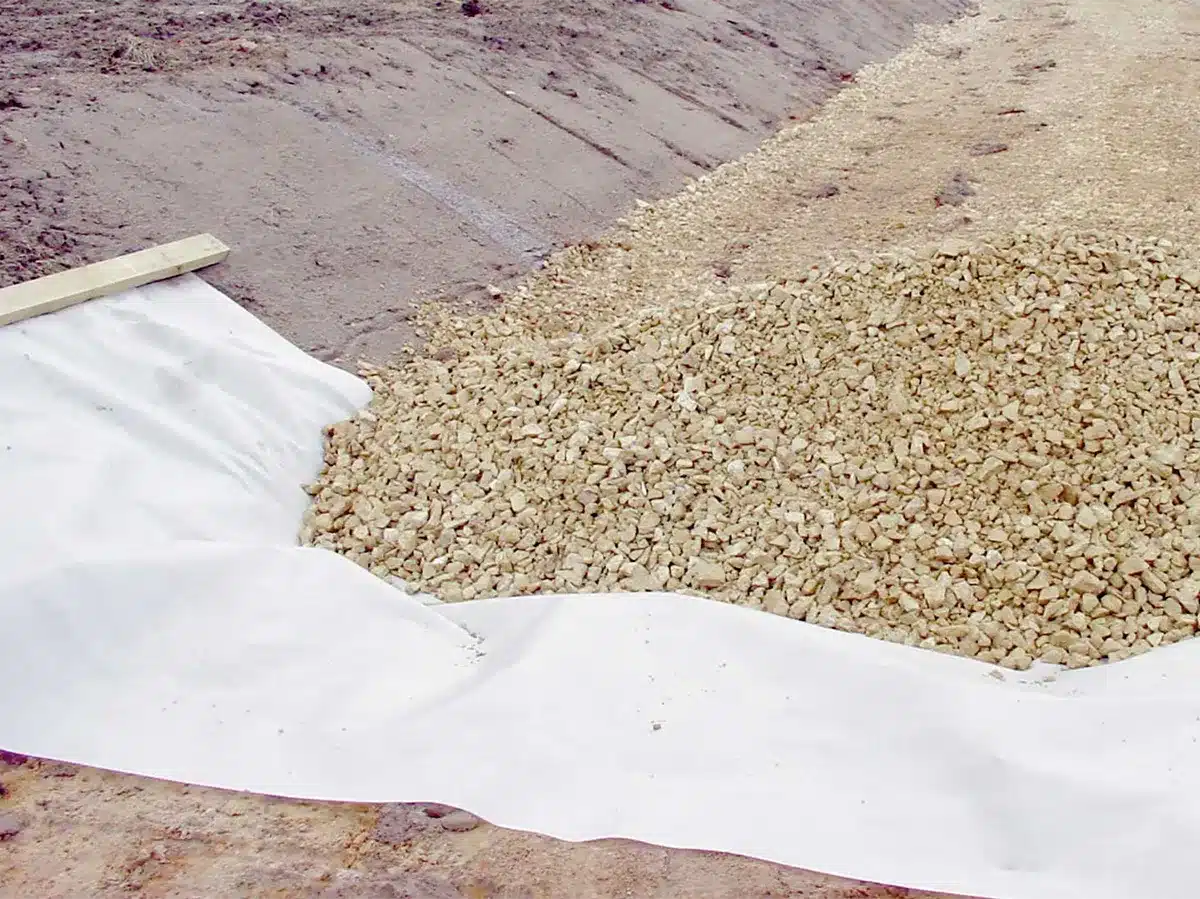
Does water drain through geotextiles?
- Non-Woven Geotextiles: Non-woven geotextiles are highly permeable, allowing water to pass through while filtering out soil particles. They are ideal for drainage systems, French drains, and erosion control.
- Woven Geotextiles: Woven geotextiles allow some water flow, but their tighter weave reduces permeability. They are mainly used for reinforcement and separation rather than drainage.
- Application Recommendation: Choose non-woven geotextiles when water drainage and soil filtration are priorities, and select woven geotextiles when strength and load-bearing capability are more important.
Which is better: woven or nonwoven geotextile?
The choice between woven and nonwoven geotextiles depends on the specific requirements of the project. Here are some general considerations:
- Strength and Durability: Woven geotextiles are generally stronger and more durable than nonwoven geotextiles. They are made by weaving together individual threads or yarns, which gives them higher tensile strength and resistance to punctures and tearing.
- Filtration: Nonwoven geotextiles are typically better at filtration due to their random fiber orientation and smaller pore sizes. They are effective in retaining soil particles while allowing water to pass through, making them suitable for applications like filtration under ripraps or in French drains.
- Cost: Nonwoven geotextiles are often less expensive than woven geotextiles, which can make them more cost-effective for certain applications where filtration and separation are the primary requirements.
- Application: Woven geotextiles are commonly used in applications requiring high strength and stability, such as road stabilization, reinforcement, and erosion control on slopes. Nonwoven geotextiles are more often used for filtration, drainage, and separation in applications like drainage systems and landfill liners.
In summary, the choice between woven and nonwoven geotextiles depends on factors like the specific engineering requirements of the project, cost considerations, and the intended application. Each type has its strengths and is suitable for different types of geotechnical and environmental engineering projects.
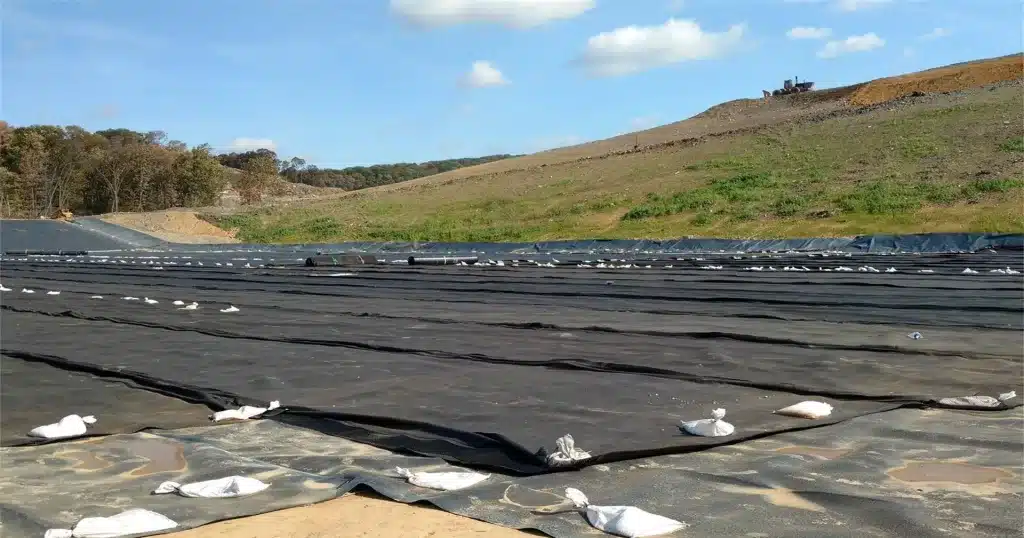
What’s the difference between landscape fabric and geotextile fabric?
Landscape fabric and geotextile fabric may look similar, but they serve different purposes and have distinct properties:
- Different uses: Landscape fabric is mainly used in gardening for weed control and ground cover, while geotextile fabric is engineered for civil engineering applications such as soil stabilization, drainage, and erosion control.
- Material strength: Landscape fabric is lightweight and suited for low-stress environments; geotextile fabric is made from high-strength synthetic fibers designed to withstand heavy loads and harsh conditions.
- Water permeability and filtration: Landscape fabric can clog over time, reducing drainage efficiency. In contrast, geotextile fabric—especially the nonwoven type—offers excellent water permeability and soil filtration, making it ideal for drainage systems.
- Typical applications: Landscape fabric is best for flower beds, garden paths, and mulch areas, whereas geotextile fabric is commonly used in roads, retaining walls, drainage layers, and other construction projects.
Geotextile fabrics, or road fabrics, are integral to modern construction and landscaping, offering solutions for stabilization, filtration, and drainage. Whether it’s woven for strength or nonwoven for filtration, these fabrics play a critical role in enhancing the longevity and effectiveness of construction projects. Understanding the specific properties and applications of each type of geotextile can help in choosing the right product for your needs. When considering road fabric for sale, remember the key functionalities it can offer, ensuring that your project stands the test of time and nature.
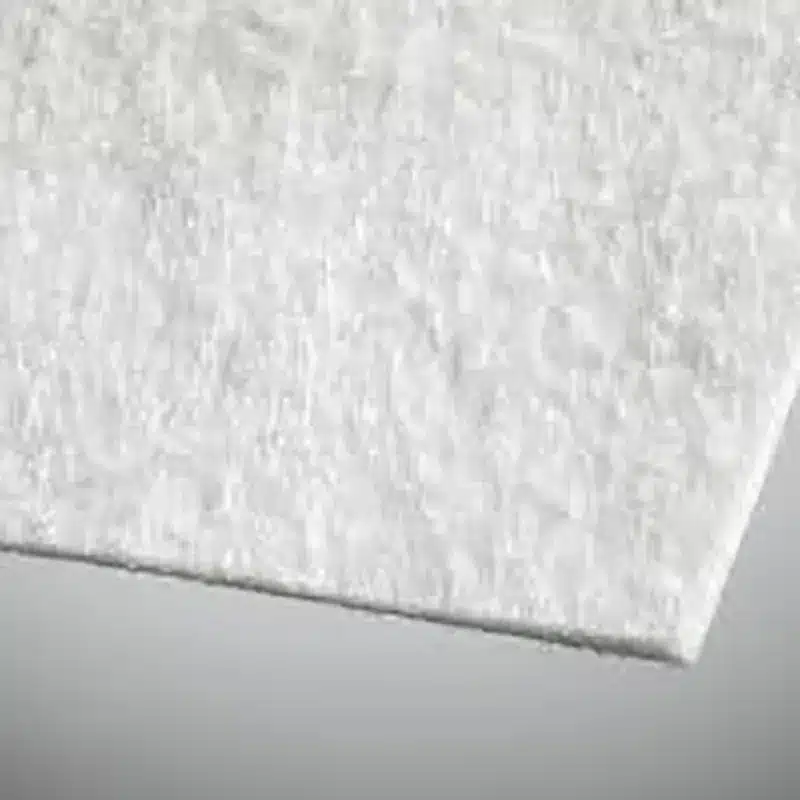

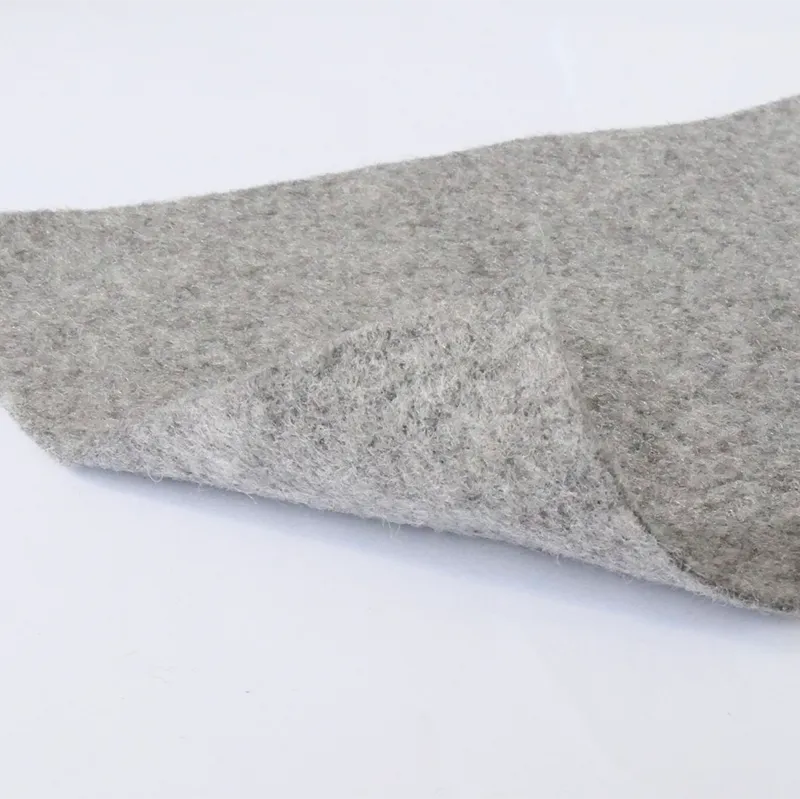
Get Free Sample
We’ll respond as soon as possible(within 12 hours)

